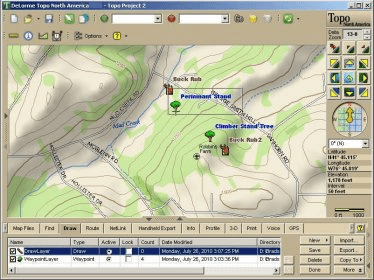
These methods did not spanĬontinents well. Of locations in "known" positions and use them to locate other features. Of surveyors on the ground using transits and distance measuring "chains". Prior to advent of satellites, most surveying was done on the ground or by using photos taken from an airplane.Įarly maps and surveys were carried out by teams


Various regions of the world selected an ellipsoid that best approximated their portion of the earth. The earth is a lumpy bumpy three dimensional thing, that can be approximated with a nice clean mathematical ellipsoid. When you survey large areas, you need to take the curvature of the earth into account in your calculations. Cartographers that include a coordinate grid on their maps, must also specify the datum used.The datum should be written with individual coordinates or included with explanatory notes when many coordinates are used.A coordinate with an unknown datum is an approximate location at best.The datum is an important component of a coordinate.A failure to use the correct datum can introduce hundreds of meters of position error.The difference between WGS 84 and NAD 27 can be as much as 200 meters. There is typically only a meter or two difference between WGS 84 and NAD 83 in the Continental United States. WGS 84 was adopted as a world standard from a datum called the North American Datum of 1983 or NAD 83. The Global Positioning System uses an earth centered datum called the World Geodetic System 1984 or WGSĨ4. (Some GPS units subdivide this datum into several datums spread over the continent.

Most USGS topographic maps are based on an earlier datum called the North American Datum of 1927 or NADĢ7.


 0 kommentar(er)
0 kommentar(er)
